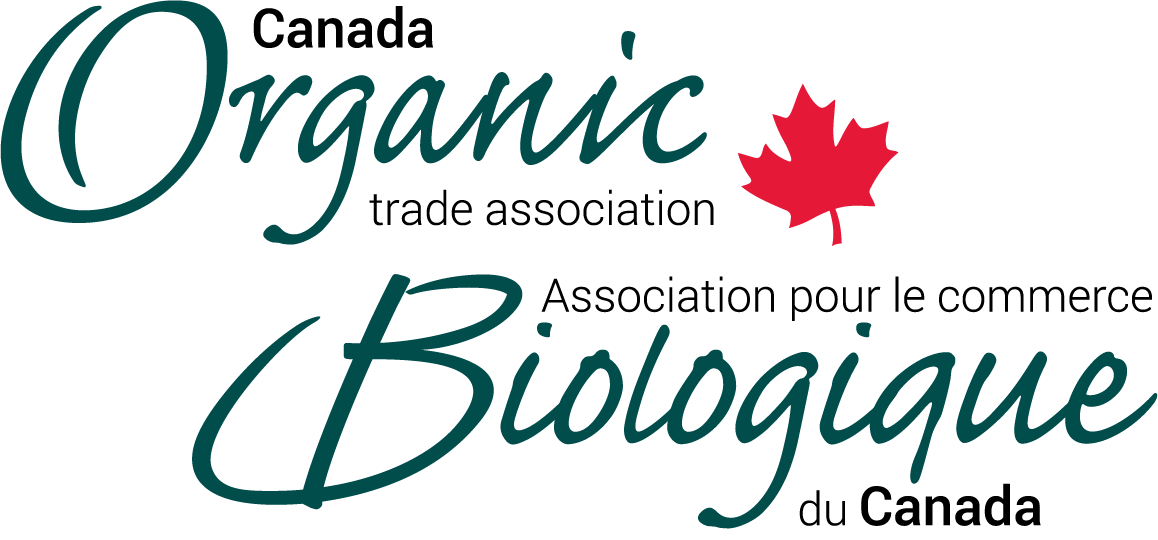The Canadian Organic Standards
Organic production is a holistic system designed to optimize the productivity and fitness of diverse communities within the agro-ecosystem, including soil organisms, plants, livestock, and people. The principal goal of organic production is to develop operations that are sustainable and harmonious with the environment.
The Canadian Organic Standards include the following reference documents:
- The General Principles and Management Standards (CAN/CGSB-32.310) describe the principles and management standards of organic production systems.
- The Permitted Substances Lists (CAN/CGSB-32.311) provide lists of substances that are allowed for use in organic production systems
- The Aquaculture standards (CAN/CGSB-32.312) provides the general principles, management standards and permitted substances lists related to organic aquaculture. The Aquaculture standards were incorporated by reference to the Safe Food for Canadians Regulation on January 15th, 2019 and operators are given two years to comply to the new standard, January 15, 2021.
Organic Principles
Health
Organic agriculture should sustain and enhance the health of soil, plants, animals, humans, and the planet as one and indivisible.
Ecology
Organic agriculture should be based on living ecological systems and cycles, work with them, emulate them, and help sustain them.
Fairness
Organic agriculture should build on relationships that ensure fairness with regard to the common environment and life opportunities.
Care
Organic agriculture should be managed in a precautionary and responsible manner to protect the health and well-being of current and future generations and the environment.
(CAN/CGSB-32.310-2015 p. ii)
Organic Practices
Management methods are carefully selected in order to restore and then sustain ecological stability within the operation and the surrounding environment. Soil fertility is maintained and enhanced by promoting optimal biological activity within the soil and conservation of soil resources. Weeds, pests, and diseases are managed using biological and mechanical control methods, and cultural practices that include minimized tillage, crop selection and rotation, recycling of plant and animal residues, water management, augmentation of beneficial insects to encourage a balanced predator–prey relationship, the promotion of biological diversity, and ecologically-based pest management.
Under a system of organic production, livestock are provided with living conditions and space allowances appropriate to their behavioural requirements and organically produced feed. These practices strive to minimize stress, promote good health, and prevent disease.
Organic products are produced and processed under a system that strives to preserve the integrity of the principles in the standard.
